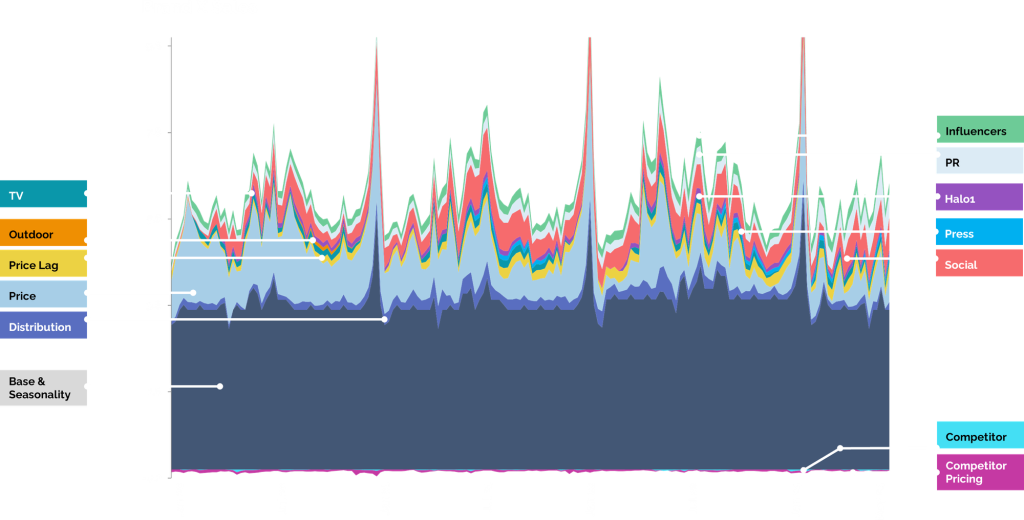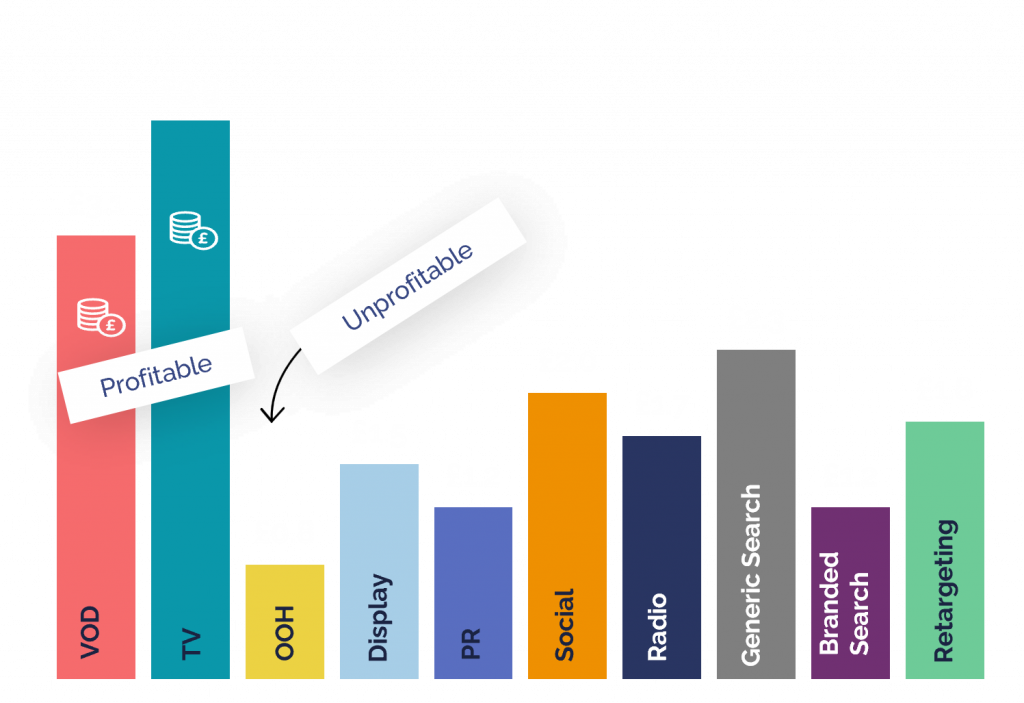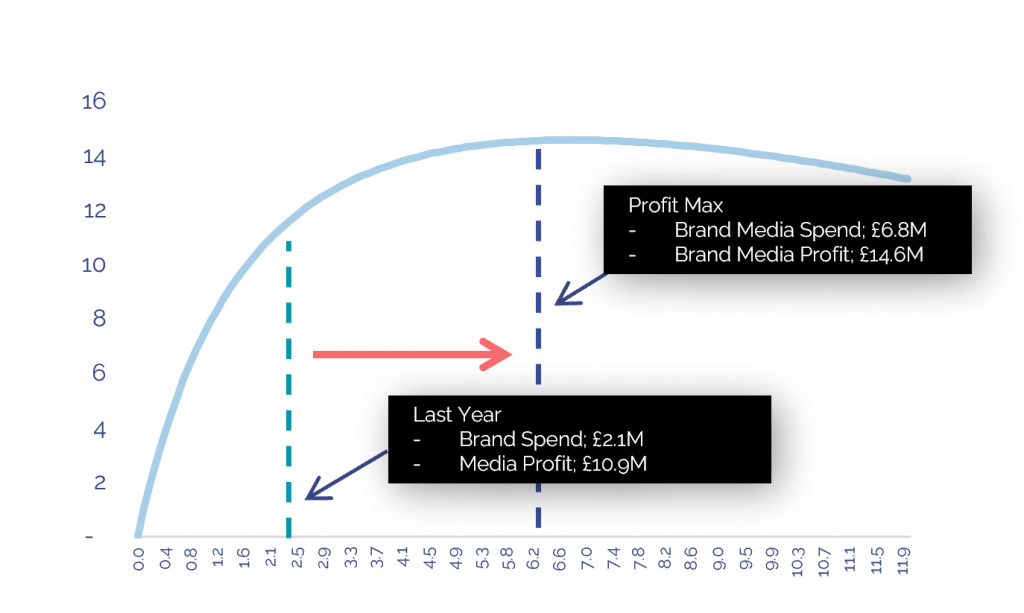Econometric Modelling & MMM
Surface the insights that empower decision-making across your organisation

What is Econometrics & Marketing Mix Modelling?
Econometrics, and Marketing Mix Modelling (MMM) stand as pillars in the realm of marketing analytics, offering businesses the blueprint to decipher the complex dynamics of market behaviours and the effectiveness of their marketing strategies. Econometrics Modelling uses statistical methods to quantify relationships between variables, providing insights into consumer behaviour, market trends, and the impact of external factors on marketing outcomes. Marketing Mix Modelling, a subset of econometrics, focuses specifically on analysing the effectiveness of various marketing mix components such as paid, earned, and owned media as well as price and promotions, seasonality and economics to optimise marketing strategies and maximise return on investment.

What you'll gain
By embracing Econometric Modelling with IMS, you’ll unlock a deeper comprehension of your marketing efforts’ effectiveness, ensuring every pound spent is an investment towards tangible results. Our econometric models illuminate the path to optimised resource allocation, guiding you to the most productive channels and strategies that drive the maximum sales for your marketing investment. You’ll gain the knowledge to navigate the complexities of your marketing mix with confidence, optimising for both immediate returns and long-term brand value.
Benefits
Econometric Modelling provides invaluable insights for strategic marketing and financial planning, bridging the gap between data and decision-making, offering actionable steps to enhance marketing effectiveness. By evaluating the interplay of various factors on ROI, our methods guide strategic and budgetary decisions, paving the way for optimised marketing investments and improved business performance.
Media return on investment
Optimise your marketing to maximise sales
Balancing brand building versus performance media
External Factors Understanding
Historical Insights
Campaign analysis
Strategic Budget Allocation
Forecast sales against targets
We Tackle Key Questions








What we do (our key pillars)
KPI FORECASTING

RETAIL OUTLET OPTIMISATION

INVENTORY OPTIMISATION

PRICING ANALYTICS

PROMOTIONAL DEEP DIVES

CUSTOMER EXPERIENCE ANALYSIS

With IMS's Econometric Modelling, transform complex data into actionable strategy, ensuring your marketing investments are both efficient and effective. Let our precision models guide your journey to maximised returns and strategic market positioning.

What it looks like

